Charging stations are rated in kilowatts, volts, and amps. But what do those terms mean? And how do you choose the charging station that best fits your needs?
To understand how electric vehicle (EV) charging works, think of the electricity flowing into your car like a garden hose. The voltage, measured in volts (V), is like water pressure, and pushes electrical current to charge the connected vehicle through an EVSE. In the UK, the nominal power supply voltage is 230V single-phase or 400V three-phase (-6% to +10%). Standard domestic charging points work at 220-240V.
- Three-phase charging has a higher power transfer capacity than single phase charging.
- Single-phase supply is the standard supply in domestic properties, while commercial premises tend to have three-phase supply for the heavy loads of power required.
The electrical current flow, measured in amps (A), is similar to the water's volume. The maximum amount of electrical current that can be delivered to your vehicle's battery is the amp rating. Volts and amps deliver watts of power to your EV's battery. One thousand watts equals one kilowatt (kW). This means the kilowatt value listed on the charging station is the rate at which your vehicle will charge. Connected vehicles will only draw the maximum current allowed by their rated intake capability.
To determine how much power will flow to your car's battery: multiply the volts by the amps (and divide by 1,000). For example, a 240 volt (240V) charging station with a 30 amp (30A) rating will supply 7,200 watts (7.2 kilowatts). After one hour of charging your EV at this rate, you will have added 7.2 kilowatt-hours (7.2kWh) of energy to your vehicle.
✎ Note: Standard domestic power supply in the UK will only achieve a maximum charging rate of no more than approx. 7.4kW.

